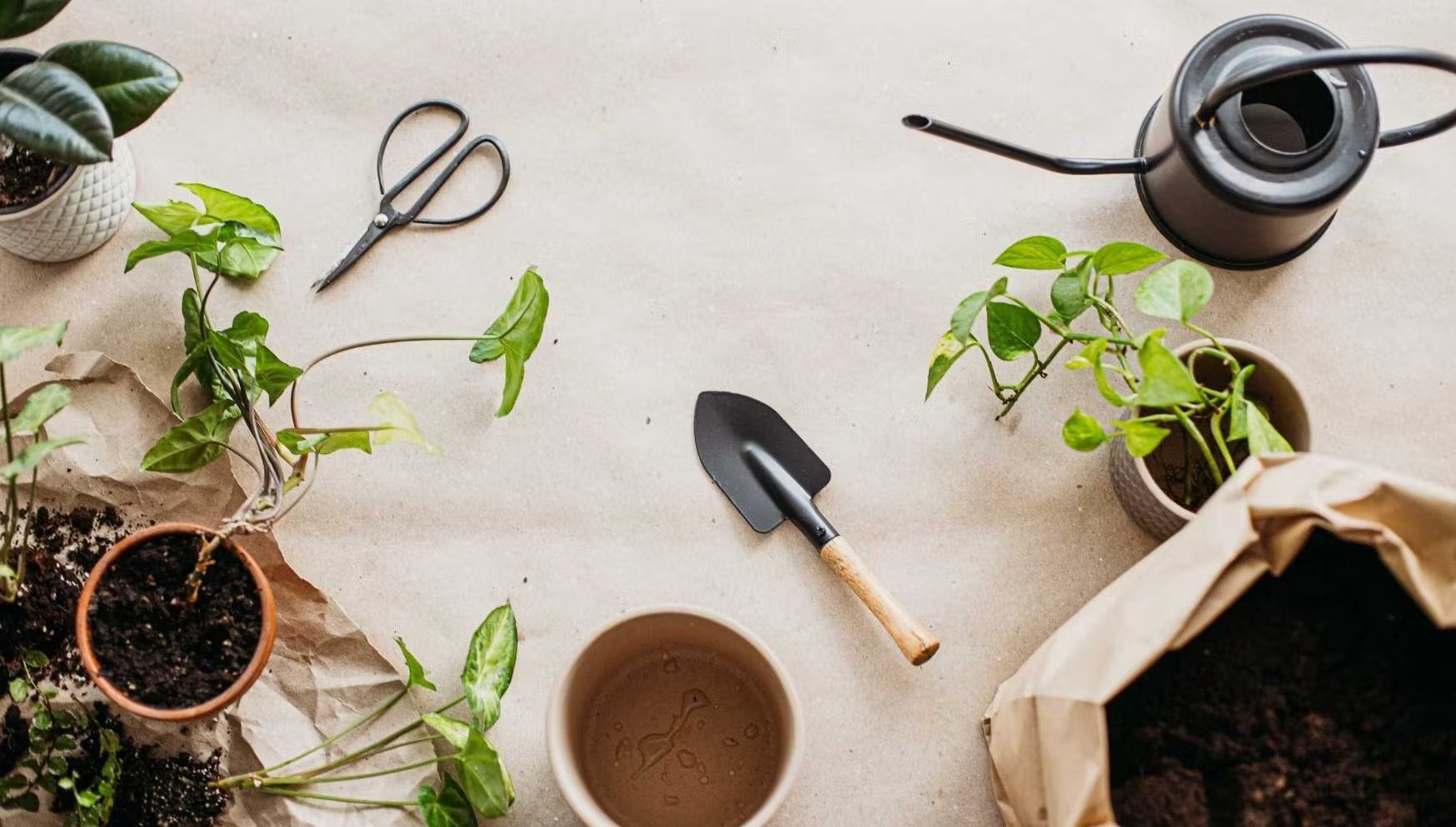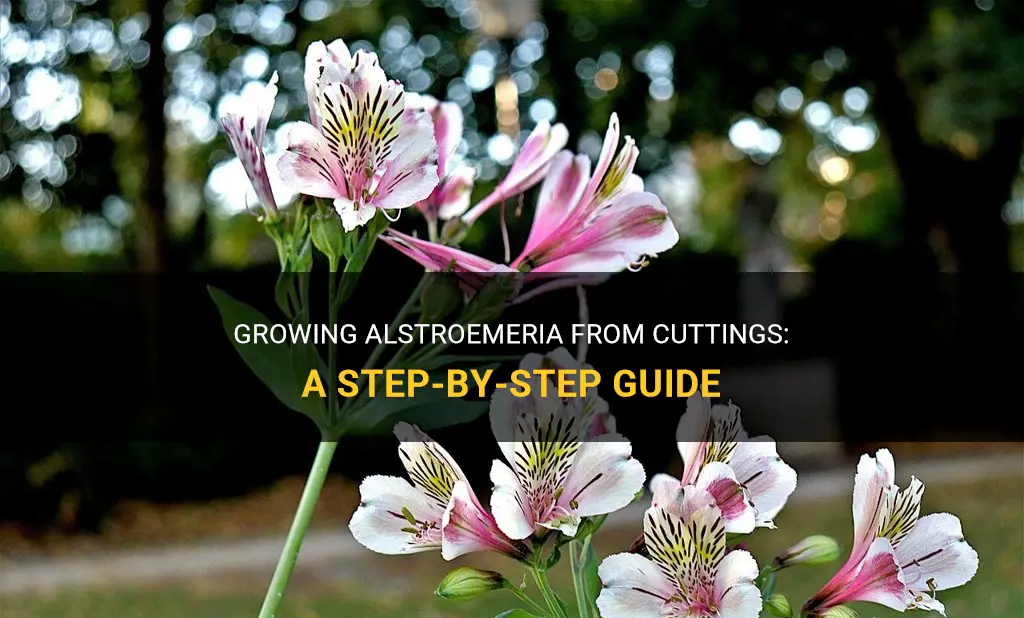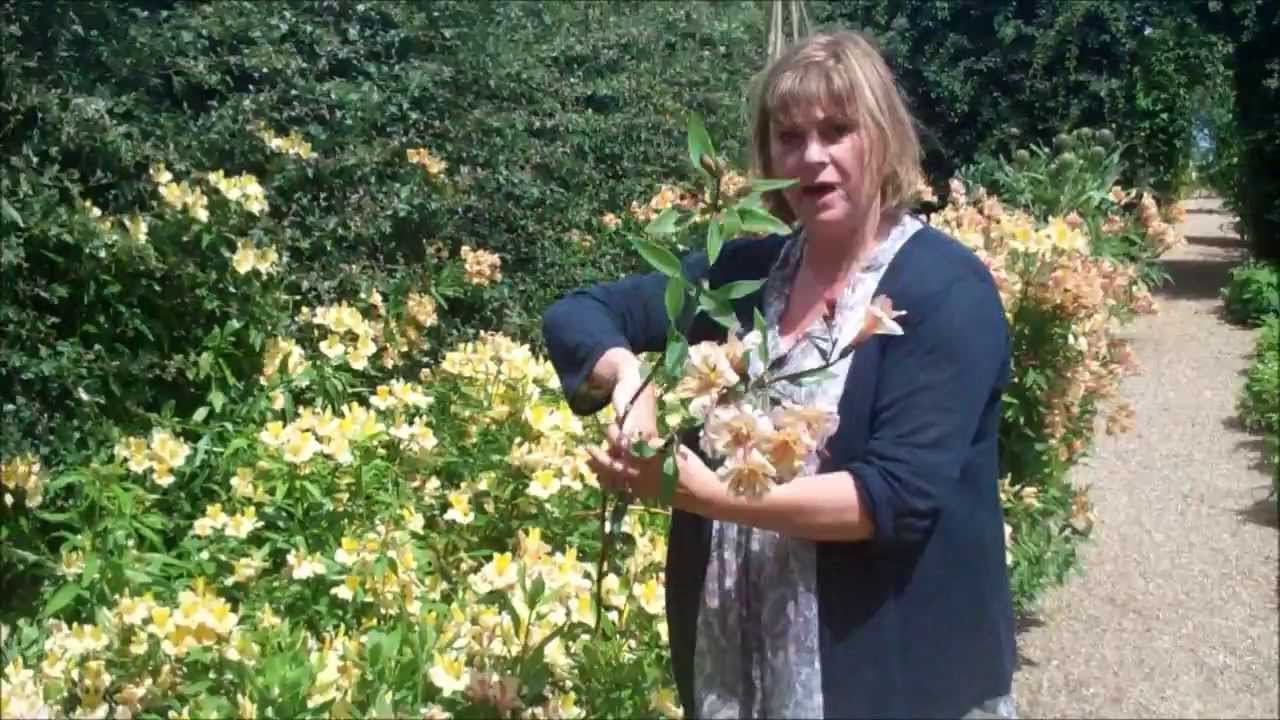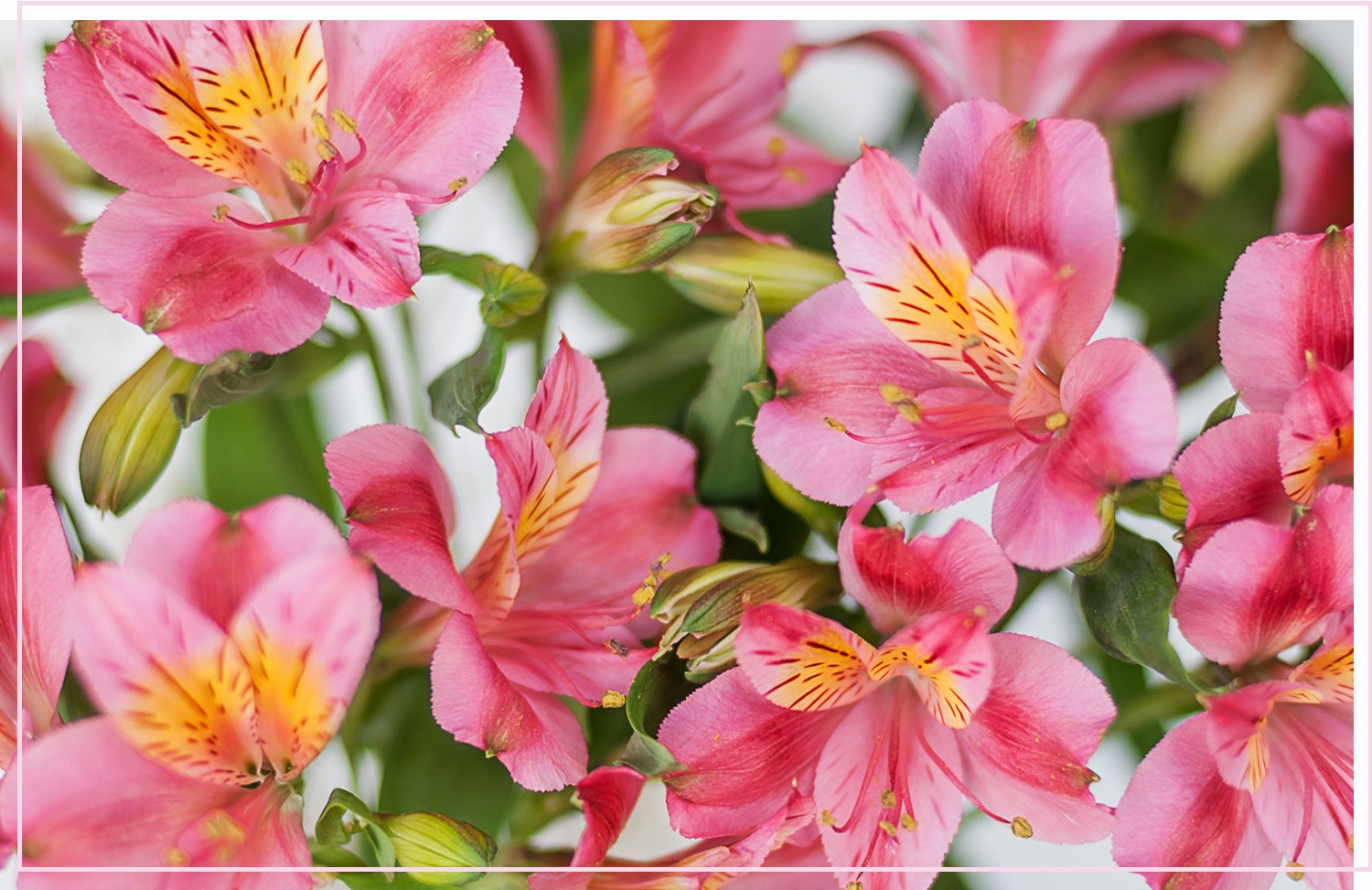Table of Contents
Alstroemeria is among the most beautiful ornamental flowers to have in one’s garden. Available in vibrant colors like red, orange, blue, purple, and yellow, Alstroemerias can liven up any dark corner of your space. The flower can be categorized as a tuberous perennial native to South America but is very popular among people in the United Kingdom. Also called Peruvian Lily or ‘Lily of Incas,’ these plants are very easy to grow and even maintain.
For those who want to make these flowers a part of their green space, here is a complete list of supplies and a comprehensive step-by-step guide to walk you through the process of growing through Alstroemeria reviews from cuttings.
Supplies for Growing Alstroemeria from Cuttings

- Commercial Potting Mix: A commercial potting mix is ideal for preparing healthy soil.
- Sharp Knife: A clean, sharp knife must be used to cut the stem. You can even use pruning shears.
- Rooting Hormone: A rooting hormone is beneficial for building a plant’s resilience, enhancing transplant survival, and accelerating root growth.
- Plastic Bag: For DIY enthusiasts, a plastic bag or cover can be used to maintain the moisture level for the growth of the plant.
- Twist Ties: To secure the plastic bag over the pots, you will need twist ties or rubber bands.
- Spray Bottle: Water the plant with a spray bottle for uniformity.
7-Step Guide for Growing Alstroemeria from Cuttings

- Choose the Right Season: The best time to grow Alstroemeria by taking cuttings from the plant is in the late spring or early summer as the weather is warm enough for the roots of the plants to grow quickly. Since Alstroemeria needs proper exposure to light to grow, select a spot that will receive indirect sunlight. The right temperature for rooting is considered to be somewhere between 70-75 degrees Fahrenheit.
- Prepare the Site: If you wish to grow your Alstroemeria directly in the ground, select a spot that receives ample sunlight and has well-drained soil. Loosen the soil with a garden fork, clean the spot, and make sure that you remove weeds or debris; prepare the soil by mixing 1:1 perlite and vermiculite or any other organic and inorganic material in the same ratio.
- Select a Healthy Stem: Take the parent plant and look for a mature stem that is at least 5-8 inches long. The stem must have a few leaves and at least 2 nodes, and there should not be any sign of infection or pests on the stem.
- Cut the Stem: Once you have selected the stem to be cut, take a clean, sharp knife and make a cut just below the node. You can even use a pair of pruning shears to make the cut. Cut the stem diagonally and cut it right below the node, as it will allow proper development of roots.
- Remove the Lower Leaves: Once you have the stem, remove the leaves on the lower half of the stem, but keep a few of them on the top to retain moisture and prevent the cutting from wilting.
- Plant the Cutting: To plant the cutting, dig a small hole in the soil and place your cutting. Press the soil around the cutting firmly, settle it down, and make sure that there is good contact between the cutting and the soil. Water the root thoroughly to maintain moisture, and you can even cover the cuttings with a plastic bag to trap moisture.
- Transplant the Cutting: Once the cutting starts developing its roots, tug the stem gently to check for resistance. If there is none, that means the roots have formed. You can either let the plant be or shift it in the ground.
Do’s and Don’ts for Growing Alstroemeria from Cuttings

- Apply Rooting Hormone: Applying a rooting hormone is a smart way to accelerate root growth, improve the immunity of the plant, increase transplant survival, and allow the cloning of desirable plants.
- Maintain Humidity: To give a greenhouse effect, cover the cuttings with a plastic bag or plastic wrap. Secure the cover with rubber bands or twist ties to keep the humidity levels high.
- Regular Monitoring: Once you have sown the cutting in the soil and covered the plant with a plastic bag, monitor the plant regularly to maintain the right humidity levels.
- Use a Balanced Fertilizer: A balanced fertilizer will provide essential nutrients to the plant, enhance its vitality, boost flowering duration, and work as a pest and disease-resistant. A high potash fertilizer is highly recommended.
- Avoid Waterlogging: Excessive watering a plant can cause root suffocation, make the roots rot, cause stress on plants, and lower overall plant vigor. Water the plant in such a manner that it is enough to settle the soil around the plant.
- Maintain Proper Distance: If you are growing Alstroemeria in the ground, maintain proper distance between cuttings for the plant to grow and flourish properly.
Conclusion
Growing Alstroemeria from a cutting can be a rewarding experience as you will have beautiful and vibrant colored flowers in your garden. Propagating Alstroemeria from cuttings is a budget-friendly way to expand your green space without buying new seeds or established plants. The exercise will allow you to propagate these lovely plants while enjoying their unique and colorful blossoms in your backyard.





